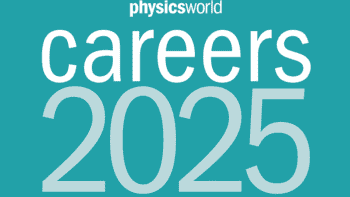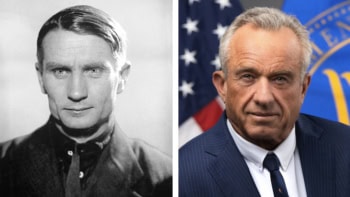What does physics sound like? To answer that question, Colin Hunter of Canada’s Perimeter Institute for Theoretical Physics has put together a collection of sounds associated with physics experiments and theory. Not surprisingly, the collection includes the now-famous “chirp” of gravitational waves produced when two black holes become one (see above video). Also in Hunter’s collection are the bird-like song of electrons whizzing through Earth’s van Allen radiation belt and audio simulations that highlight the differences between two theories of gravity
A carnival procession is one event where you are guaranteed to hear a cacophony as different bands march past. The physicist Michael Schreckenberg at the University of Duisberg and colleagues are big fans of the Cologne Rose Monday parade and have even written a paper about its dynamics. Using GPS data from marchers, they worked out that people at the end of the parade moved along the route much faster than those in the lead – something that goes against conventional wisdom about how traffic jams form. They explain why in a paper in EPL: “Traffic dynamics of carnival processions”.
Real-life blasters
Before you watch Solo – the latest instalment of the Star Wars saga – you might want to read “Versions of Han Solo’s blaster exist”, the latest attempt to get people interested in physics by appealing to their love of Star Wars. Written by Martin Archer, who is a space plasma physicist at Queen Mary University of London, the article explains how the “blasters” ubiquitous in Star Wars films could be firing blobs of plasma – and how similar systems have been created here on Earth.
I bet Han Solo gets revved up for a day of adventures with a double shot of espresso. Physicists at the Paul Scherrer Institute in Switzerland have used neutrons to make a fantastic movie of coffee being made in a mokka.



